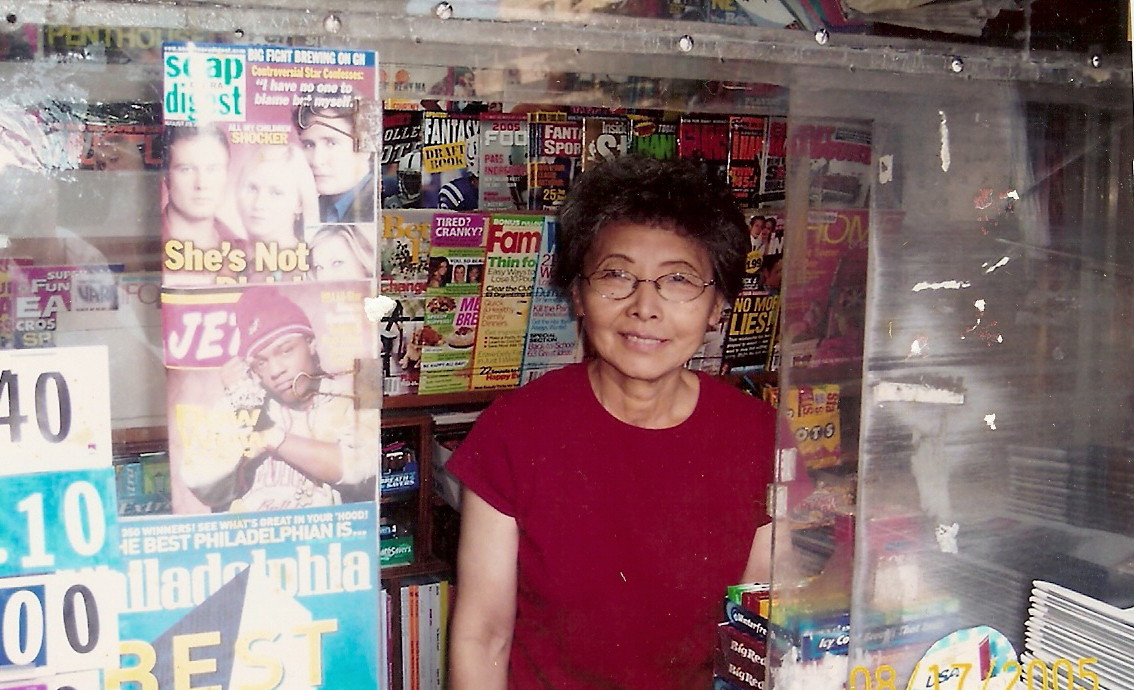Happy Asian Pacific American Heritage Month everyone! May is a tough month to reflect on my roots and the stories of other Asian Americans, partly because there are cool holidays like Cinco De Mayo (which is no small deal in Texas), and partly because May is when all the transitions at school happen. But the wonders of the internet keep getting better as I can now subscribe to feeds that show up in my email, or as friends on Facebook posts important reminders.
In this post I want to start my month-long blog series on Asian American social issues by returning to the Los Angeles Riots of 1992 (yeah it’s a rough story to start a month of celebration, but hey this is sociology). Last time I looked at the Riots from the perspective of the motivations behind some of those who normally don’t behave is ways that exemplify social disorder. Most of those in the area stayed indoors but nevertheless there was a great deal of damage and tragic loss of life. This time I’d like to share some of the things sociologists have talked about regarding Korean Americans, particularly their businesses.
If you recall, the LA Times had a little map of the extent of the businesses that were damaged or destroyed during the riots. Most of these were Korean-owned. This raises two questions. Why are there so many Korean-owned businesses and why are they concentrated in lower-income areas? The answers are complicated but they illuminate some important dynamics that we overlook when we think about the role of race in modern America.
In the 1970s and 1980s immigration from South Korea was running pretty steadily. Unlike earlier immigrants however, the ones from eastern Europe prior to World War II, Korean immigrants were often college-educated, and some had modest savings (remember the Korean dollar (aka won) was very weak until recently) to help them get planted when they made the move to America. But like other immigrants for whom English was not one’s native tongue, language barriers and cultural differences (inappropriate attire, miscommunication etc.) kept many of these Korean immigrants from landing salary jobs. So, a number of them tried their hand at self-employment. With some starting capital, and a little guidance from other Koreans who also ran businesses, they too could make a living selling goods.
 What kinds of goods could Korean immigrants sell? Ever notice the nation of origin of your sneakers, handbags, and other daily products you use? A lot of them were (and to some degree still are) made in, ta-da, Korea. So it makes sense that Korean immigrants can develop a network where they can purchase goods wholesale from Korean businesses in Korea and sell them here at a local store.
What kinds of goods could Korean immigrants sell? Ever notice the nation of origin of your sneakers, handbags, and other daily products you use? A lot of them were (and to some degree still are) made in, ta-da, Korea. So it makes sense that Korean immigrants can develop a network where they can purchase goods wholesale from Korean businesses in Korea and sell them here at a local store.
Of course, prior to the days of the internet, businesses needed physical locations, real estate. Real estate is valuated based on location, better locations of real estate cost more. So what’s an immigrant Korean going to do with the small nest egg or loan when it comes to locating a business? Poorer neighborhoods. Multiply this micro decision to thousands of Korean immigrants in New York, Chicago, and Los Angeles and you have the makings of ethnic entrepreneurship.
The second issue is why are there poor neighborhoods such that the commercial real estate was low enough in value to give these immigrants an opportunity to build a business? That too is a major issue of economic change in America. When goods are “made in Korea,” it often means they are not made in America. Lots of jobs that low-income and lower-educated Americans qualify for were being shipped off to other countries where the wages were lower than the US- many of these jobs are now defined as sweatshop labor we hear about in the news. So without jobs for working-class Americans, regardless of color, you have larger concentrations of out-of-work folks living near each other. This happens as wealthier neighbors leave and the overall value of the neighborhood starts to decline, and becomes more affordable for someone who doesn’t make a lot.
So for a lot of Korean immigrants who are sometimes portrayed as model minorities, their story is indeed one that includes an incredible work ethic. My mother for example, ran a newsstand in downtown Philadelphia from 530am to 630pm with a 30-45 minute commute one way while I was growing up. She got a break by not having to work weekends, which was not the case for a number of my friends whose parents basically worked all day Saturday and a good part of Sunday afternoon after church.
But in a multiracial context, the Koreans appear as if they are somehow the only ones that work hard. Sociology helps us to see that these Asian Americans had several advantages (education, some savings, business networks) at their disposal in a changing economic context (outsourcing of consumer product manufacturing to Korea) that helped their local entrepreneurial endeavors. Meanwhile multi-generational African Americans and first-generation immigrant Latinos who live near these businesses remain unemployed due to global outsourcing. As a Korean American, I’m moved at the stories of perseverance of so many of these Korean business owners, including those who lost their livelihoods in the riots of 1992. But as a Korean American Christian I feel called to correct our misperceptions that all minorities have the same socioeconomic conditions and opportunities. We should celebrate the successes of any group, but we should do so with a better and clearer understanding that those successes are built on very particular circumstances which are not available to all.












